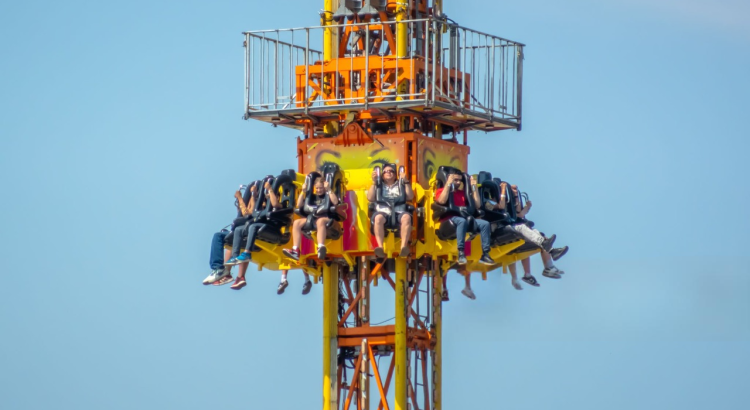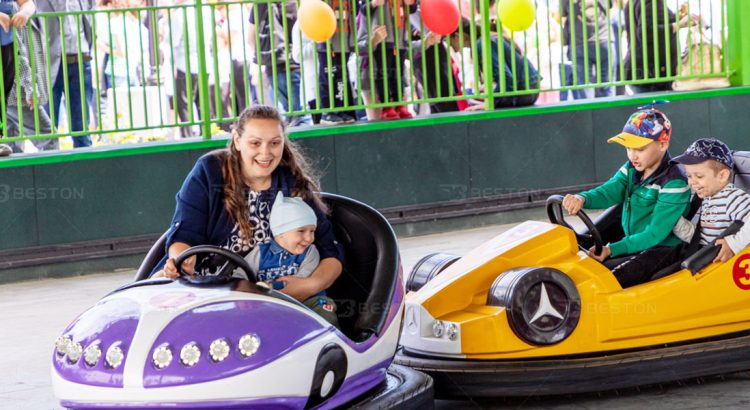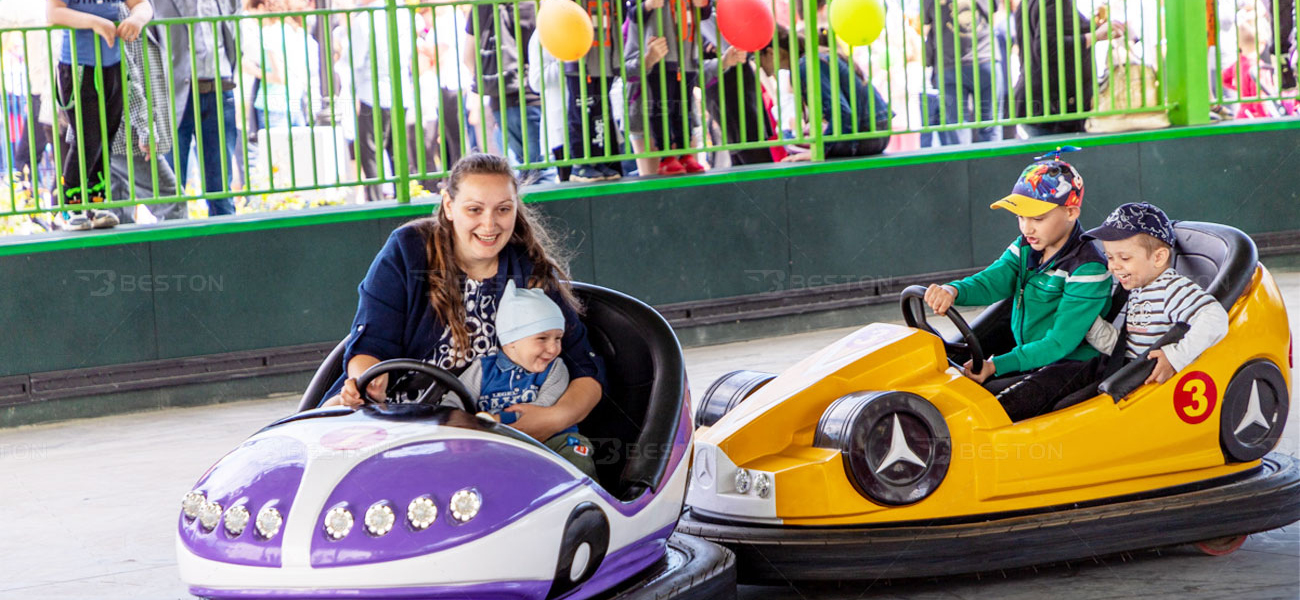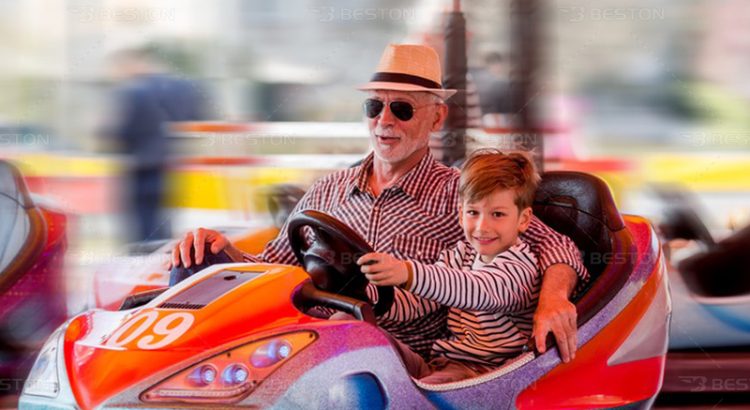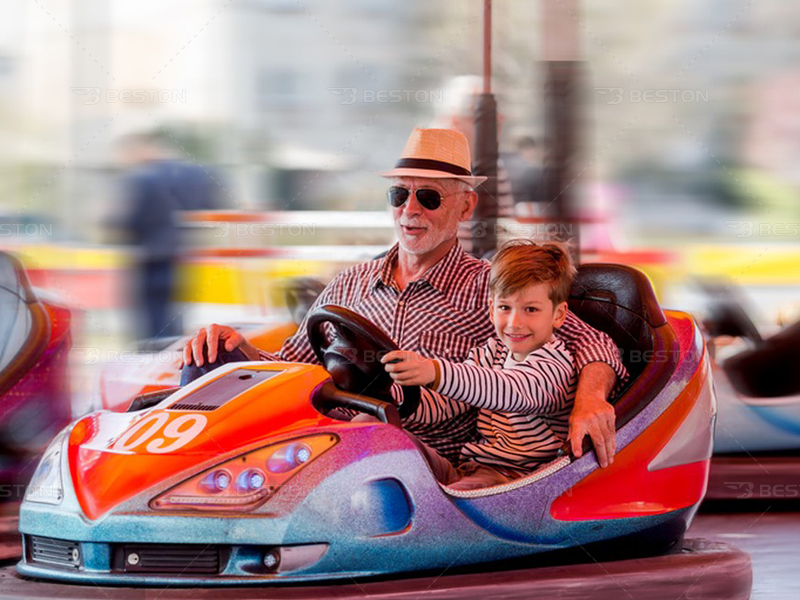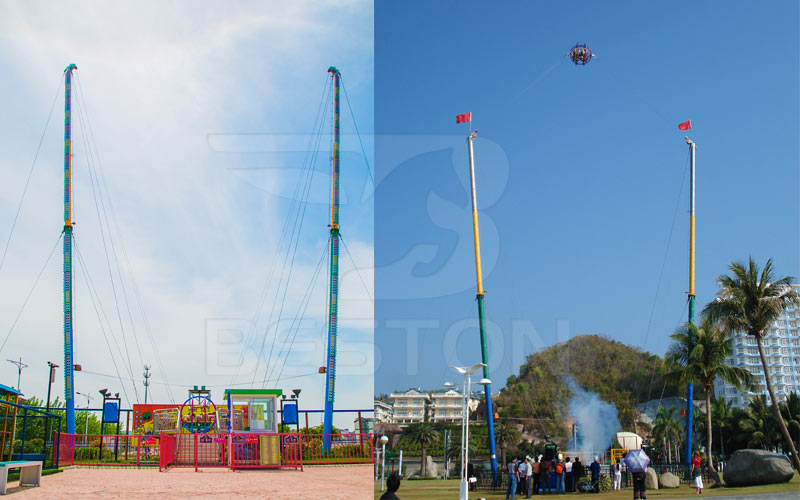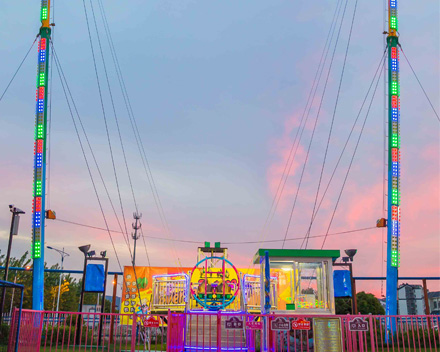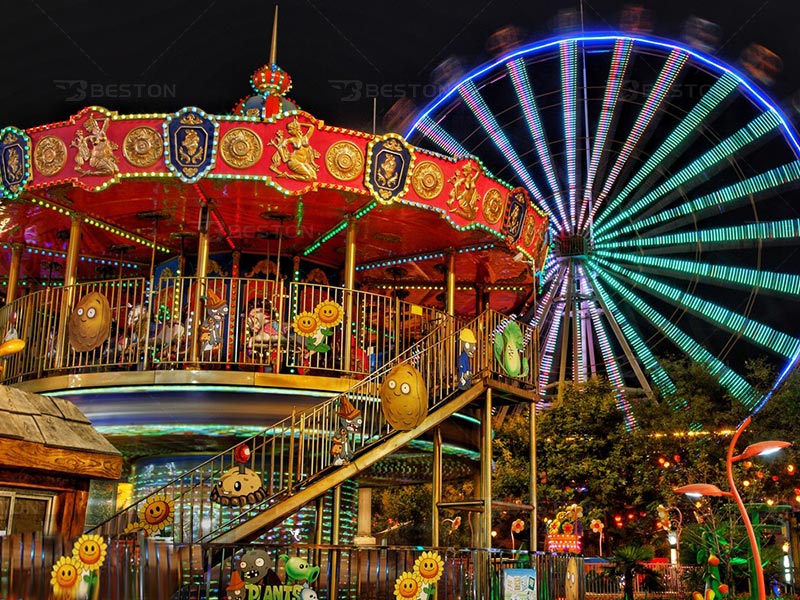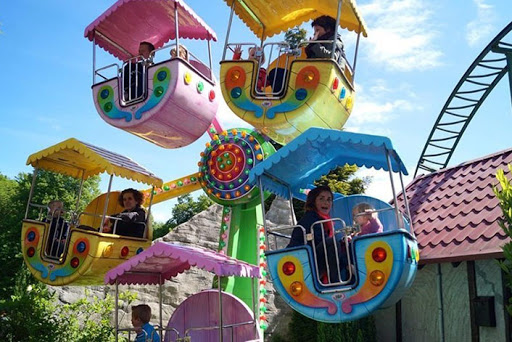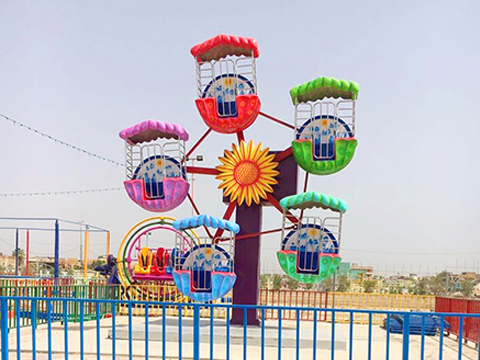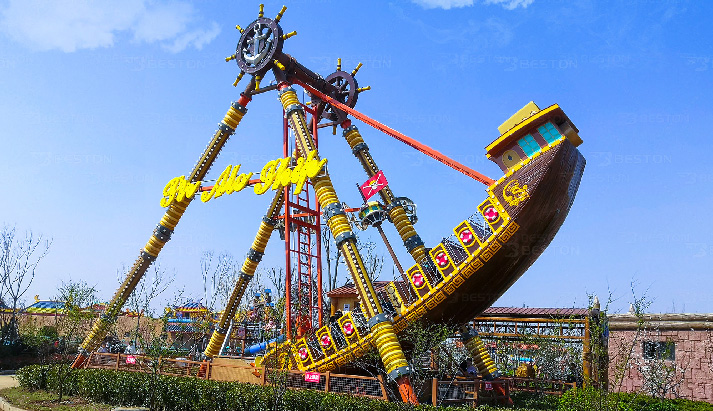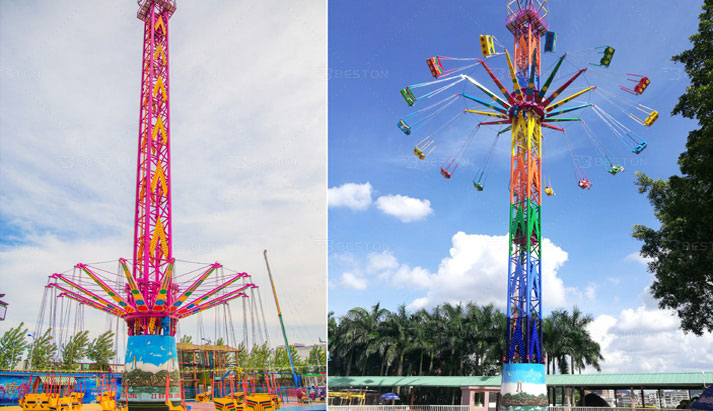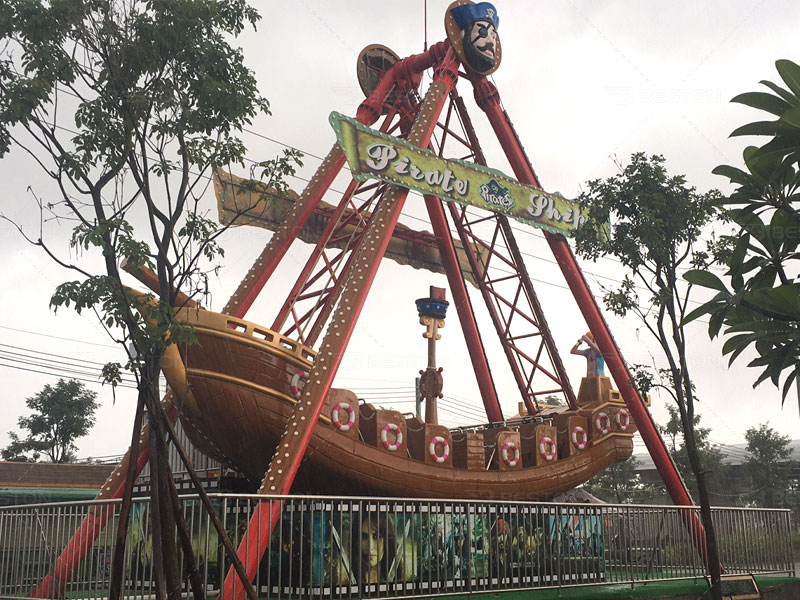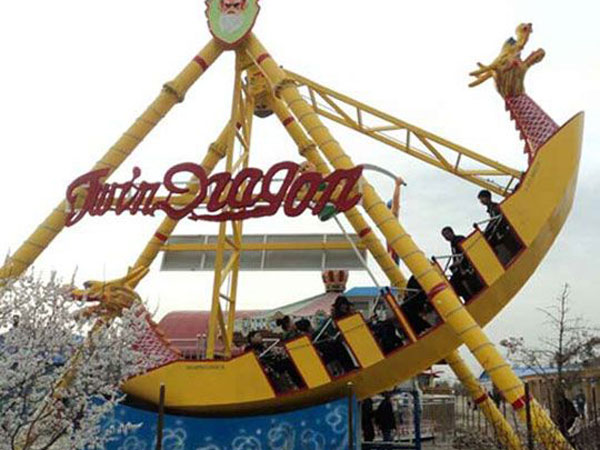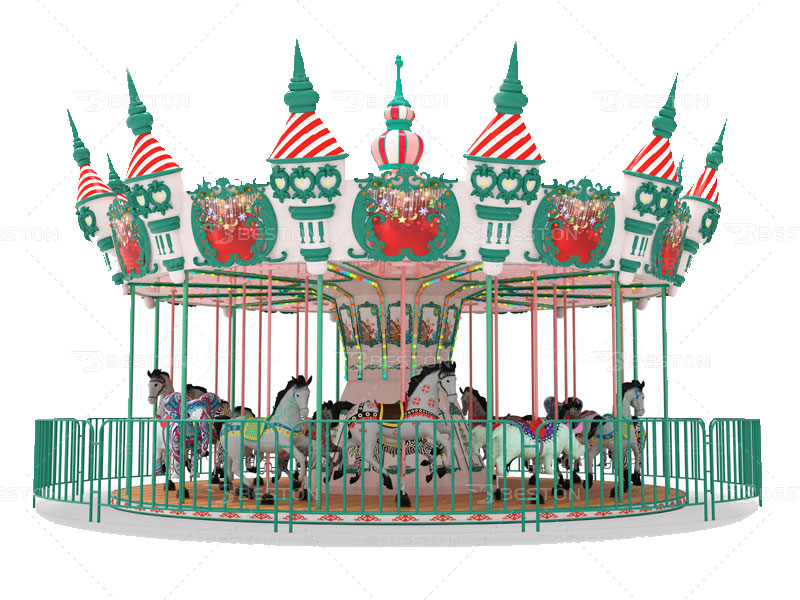The modern amusement park faces a dual challenge: attract new visitors while retaining repeat guests in a saturated entertainment landscape. Effective marketing requires a combination of strategic planning, immersive storytelling, data-driven targeting, and hands-on engagement. Gone are the days when promotional leaflets and billboard advertising sufficed. Today’s parks must operate like content platforms—leveraging trends, technology, and tailored campaigns to generate sustained interest and foot traffic.
Integrating Experience-Based Promotions and Hero Attractions
At the heart of any amusement park marketing strategy lies the ability to craft emotionally resonant experiences. A well-executed campaign often centers around a hero ride—a flagship attraction that symbolizes the park’s thrill and innovation. Take, for instance, the pirate ship amusement park ride. Though a legacy attraction, it continues to perform as a crowd-puller when packaged within a well-crafted narrative. Seasonal events like “Pirates of the Summer Storm” or interactive “Captain’s Challenge” quests turn a familiar ride into an episodic adventure. This allows parks to re-promote existing infrastructure without incurring additional capital costs.
Moreover, thematic synergy across merchandise, food stalls, and digital engagement amplifies the impact. Guests are more likely to share immersive experiences online when the storytelling is cohesive. Visual identity consistency—across ride signage, character design, and on-site performances—further reinforces brand recall. These techniques transform traditional ride-based promotions into fully integrated guest journeys.
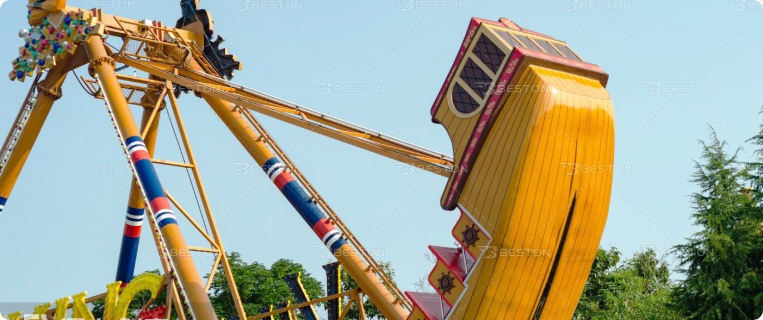
Leveraging Vertical Excitement to Drive Engagement
In recent years, thrill-seeking audiences have shown increasing affinity toward vertical experiences such as the drop tower and swing tower. These high-altitude rides offer not only visceral excitement but also substantial visual marketing potential. Photos and videos of free-falling guests, wind-blown reactions, and panoramic backgrounds naturally lend themselves to social media virality. Strategic placement of on-ride cameras and user-generated content incentives, such as contests or hashtags, can extend organic reach.
To complement these physical features, successful parks deploy targeted digital ads with geolocation-based triggers. Prospective visitors browsing travel or event apps in the vicinity are shown real-time wait times, weather-adjusted ride suggestions, or exclusive flash promotions. This just-in-time marketing encourages spontaneous visits, especially during peak vacation seasons or long weekends.
The narrative around these rides is also refined to emphasize exclusivity and rarity. By marketing the drop tower as the “Tallest in the Region” or “Only 360-Degree Swing Tower in the City,” operators generate a sense of urgency that drives ticket conversions and advance bookings. Carefully curated pre-opening teasers—such as behind-the-scenes construction updates or operator interviews—foster anticipation months before launch.
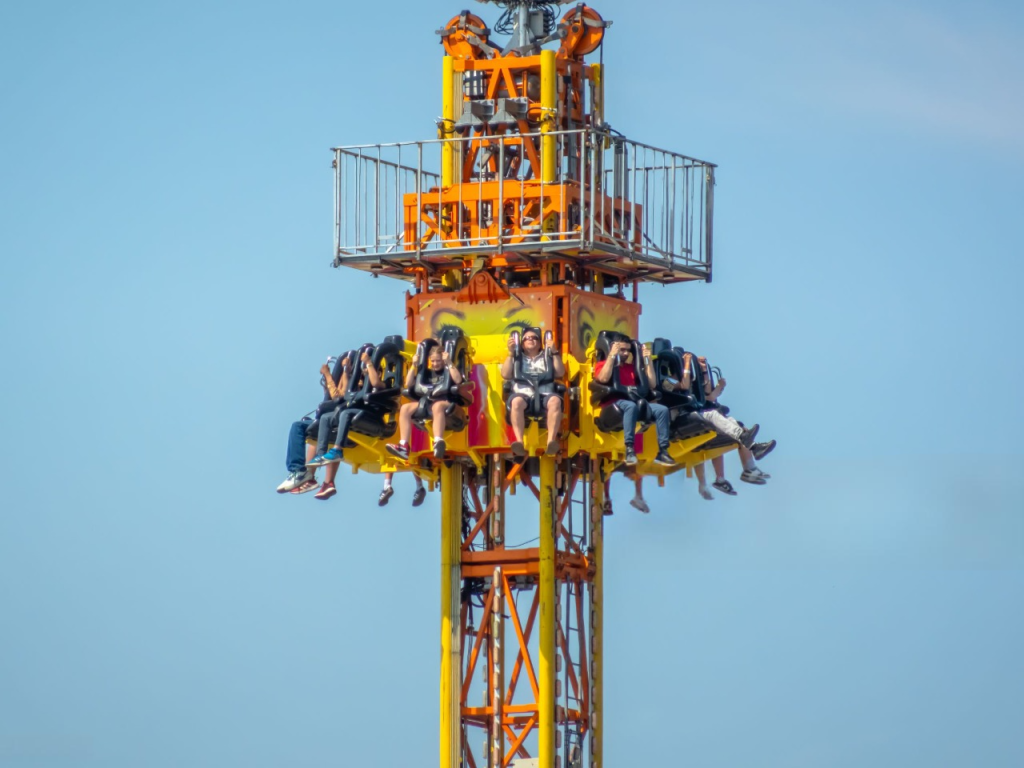
Tactical Sales Strategies and the B2B Angle
Beyond public engagement, parks must also optimize their procurement strategy. Suppliers advertising amusement rides for sale are part of an extensive B2B ecosystem, where manufacturers often collaborate directly with park marketing departments. Equipment vendors now provide promotional toolkits that include CGI renderings, pre-launch teaser videos, and interactive ride simulators. These assets help parks promote new rides months before installation, ensuring maximum visitor awareness upon launch.
Furthermore, dynamic pricing models based on predictive analytics allow for more agile marketing. By analyzing historical attendance data, weather trends, and regional event calendars, operators can tailor ride-specific offers—such as “20% off swing tower tickets on cloudy Mondays” or bundled promotions during school holidays. These micro-campaigns reduce reliance on generalized discounting and improve profit margins.
Email automation tools and CRM platforms also play a critical role. Segmenting audiences by ride preference, visit frequency, or age group allows parks to personalize offers. For instance, a family that frequently books children’s attractions might be targeted with an upgrade to a family pass that includes priority access to milder rides like the pirate ship.
Case Study: Seasonal Campaign Execution and ROI
One compelling example of multi-tiered marketing execution comes from a regional amusement park in Southeast Asia. Facing increased competition from new indoor theme parks, the park restructured its entire summer campaign around “The Skyfall Festival,” headlined by the newly installed drop tower.
The strategy involved a 12-week promotional arc:
-
Pre-Launch (Weeks 1–3):
Countdown clock on the park homepage, teaser video drops, and social media influencer previews. -
Launch Phase (Weeks 4–6):
Grand opening with limited VIP rides, live stream coverage, and high-frequency Facebook/Instagram ad rotation. -
Sustained Engagement (Weeks 7–10):
Mobile app integration for booking, guest photo-sharing contest with weekly giveaways, and sponsored TikTok filters. -
Conversion Push (Weeks 11–12):
Flash sales, 1-day “Skyfall Challenge” with local celebrities, and group discounts for student tour packages.
By the end of the campaign, foot traffic increased by 28% compared to the same period the previous year. Revenue per guest also rose due to bundling strategies and elevated in-park spending on themed merchandise and food.
Cross-Platform Content Distribution and Long-Term Brand Equity
Marketing success is not solely dependent on campaign intensity—it also hinges on consistency and omnichannel presence. Parks that develop content pipelines across YouTube, Xiaohongshu, Instagram, and email newsletters create multiple touchpoints for engagement. Regularly updated behind-the-scenes content, ride maintenance stories, or “Meet the Operator” segments humanize the brand and encourage guest loyalty.
Strategic content featuring hero attractions like the swing tower enhances shareability across platforms. High-altitude visuals and motion-rich experiences lend themselves well to short-form video, especially on platforms with high engagement among younger audiences. When positioned as an iconic symbol of the park’s thrill offering, the swing tower often becomes a centerpiece of seasonal promotions and influencer collaborations.
Over time, this steady exposure strengthens the park’s identity, turning it into a lifestyle brand rather than a one-time destination. Young adults and families start to associate specific rides or events with annual traditions, thus reinforcing the likelihood of revisits and positive word-of-mouth.
Additionally, co-branding opportunities with local travel agencies, food chains, or logistics providers can further extend marketing reach. For instance, bundling a theme park visit with a nearby resort or regional festival creates an integrated itinerary that appeals to tourists. A ride like the swing tower, with its dramatic skyline visibility, can even be used as a geographic landmark in destination branding.
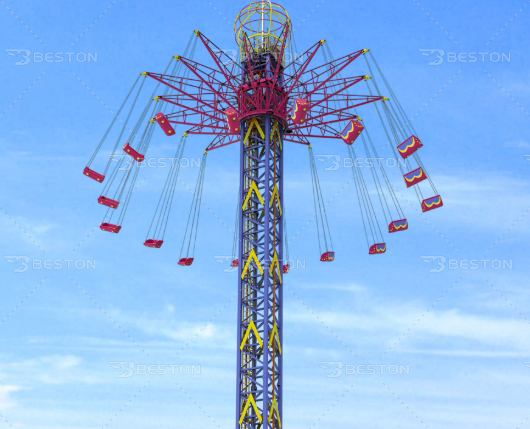
Conclusion: Engineering Visibility for Revenue Growth
A data-informed, story-driven, and tech-enhanced marketing strategy is indispensable for any amusement park looking to secure long-term success. Whether promoting a pirate ship attraction steeped in nostalgia or unveiling a towering drop ride built for social media impact, effective marketing lies in orchestrating attention around compelling experiences.
By aligning product features with guest expectations, utilizing smart digital tools, and fostering partnerships both upstream (manufacturers) and downstream (tourism agencies), amusement parks can elevate their visibility, deepen engagement, and maximize revenue potential in an increasingly competitive entertainment economy.
